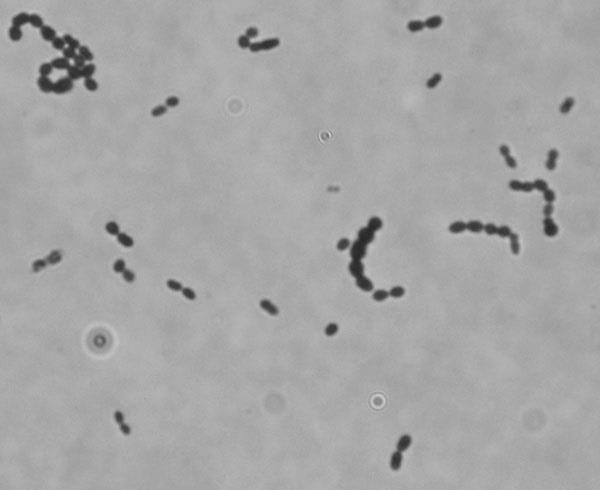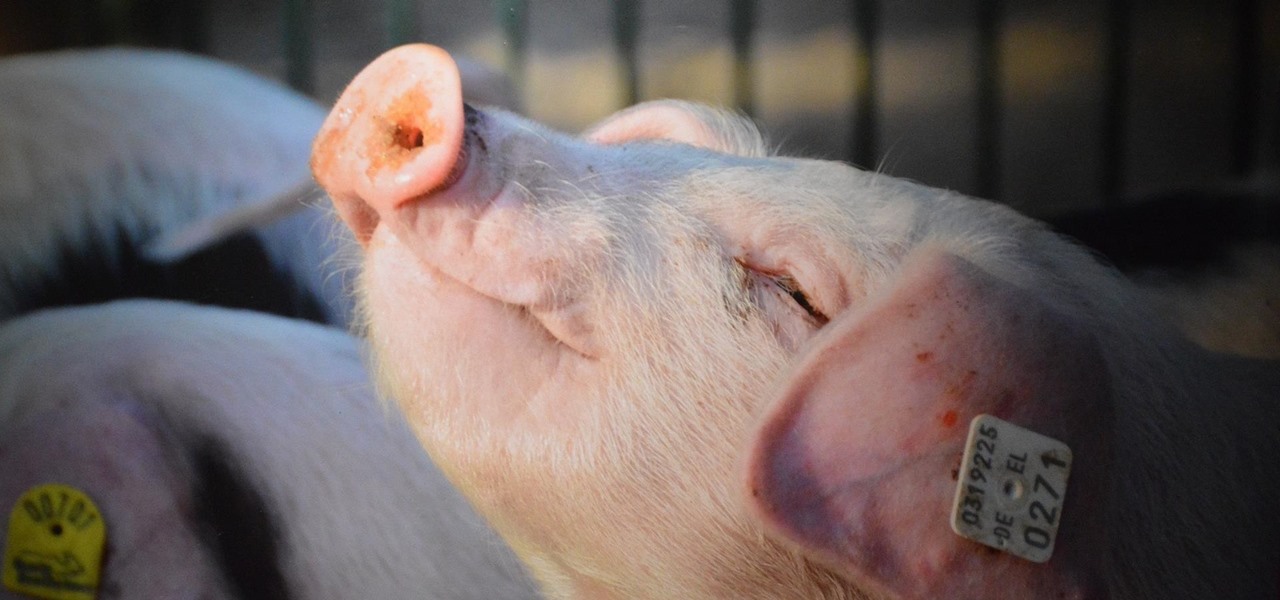The culprit probably wasn't what doctors were expecting when a 57-year-old man in Hong Kong came to the hospital. The patient was admitted to the intensive care unit in critical condition. A clue to the cause of the infection would lie in the man's profession—he was a butcher.
From his clinical signs of fever, headache, vomiting, and dizziness, they suspected meningitis, an infection of the meninges, the tissues that cover the brain. Maybe they thought the infection was caused by Streptococcus pneumoniae or Neisseria meningitidis, two common causes of bacterial meningitis.
But they would be wrong. Examination of the patient's spinal fluid showed that Streptococcus suis was the cause of his meningitis.
In addition to meningitis, patients with S. suis infections can have septic shock (a severe infection that affects major organs and causes low blood pressure), painful swollen joints, pneumonia, and inflammation of the heart's lining, lining of the abdomen, or tissues inside the eye. Half to two-thirds of people who get S. suis infections lose their hearing permanently.
Usually, these infections can be successfully treated with penicillin, ceftriaxone, and vancomycin.
S. Suis—A Zoonotic Strep
Streptococcus suis lives naturally in pigs, in their tonsils and nasal cavities, and to a lesser extent, their genital and digestive tracts.
Like a scene straight out of Contagion, the slaughtering and processing of sick or dead pigs are major risk factors for human infection with the bacteria, as is raising pigs. People become infected through handling the infected meat or animals, often through an open cut or abrasion, or by inhaling the disease-causing bacteria.
It isn't a common infection in humans, but the bacteria is extremely common in pigs. It is estimated that 80% of all pigs carry the bacteria, but only about 5% become sick. The other pigs are healthy carriers.
Signs and symptoms of the infection in swine are similar to those in humans, including pneumonia, nasal discharge, breathing difficulties, meningitis, and painful swollen limbs.
Studies have found 35 different serotypes (variations) of the bacteria in diseased pigs. Most strains isolated from sick pigs have been from bacteria in serotypes 2, 9, 3, 1/2, and 7.
The number of human infections with the bacteria are increasing. By 2007, a total of 409 cases of human S. suis cases had been reported. By the end of 2013, 1,642 cases were reported in total of 34 countries. Over 90% of the infections occurred in Asia. All four infections that have occurred in the US were with serotype two.
Most human infections occur sporadically, but in 2005, in Sichuan Province, China, 215 cases were reported, with 38 deaths. This was an unusually high mortality rate, which has ranged from 3–7% in other outbreaks, and may have been due to the usually high number of patients with septic shock.

Interestingly, it is possible that some humans may be asymptomatic carriers. A study in the Netherlands found that 6% of the veterinarians and 1% of the pig farmers carried antibodies against S. suis serotype 2 in their blood, although they were not sick. A study done in Germany found 5% of butchers and meat-processors had the antibodies, as well.
Having antibodies to a pathogen like S. suis means that the bacteria was present in the body at some point. Perhaps these people had very minor infections that resolved, but it isn't clear to scientists yet why these people had no sign of infection, especially if they have antibodies to the serotype that usually causes disease.
The World Health Organization says that person-to-person transmission is very unlikely—unless someone has the odd situation of contacting the blood of an infected person with their own open wound. Nonetheless, the Centers for Disease Control and Prevention have called this infection, "A rare but potentially under-recognized occupational hazard for workers in the swine industry in the United States."
And the World Health Organization recommends these precautions for meat workers and pork consumers:
During slaughtering
- Do not slaughter sick animals
- Dead animals must not be used for food or feed and should be safely disposed to avoid contamination
- Wear protective clothing and ensure that all wounds are covered
- Keep the slaughtering area clean and separate from the food processing area
- Remove protective clothing and wash exposed body areas after slaughtering
During food preparation
- Do not handle raw pig-products if you have wounds on your hands unless you cover all wounds by waterproof dressings or plastic gloves
- Keep the preparation area clean and wash your hands after handling
- Separate raw meat from cooked or ready-to-eat foods to avoid contamination
- Do not use the same chopping board or the same knife
- Do not handle both raw and cooked meat without washing your hands in between
- Do not place cooked meat back on the same surface it was on before cooking
- Cook thoroughly (temperatures at or above 70º C in all parts of the product)
Human Streptococcus suis infection is an emerging infectious disease that should be considered as a possible cause of infections in pork processors and consumers.
Just updated your iPhone? You'll find new emoji, enhanced security, podcast transcripts, Apple Cash virtual numbers, and other useful features. There are even new additions hidden within Safari. Find out what's new and changed on your iPhone with the iOS 17.4 update.


























Be the First to Comment
Share Your Thoughts